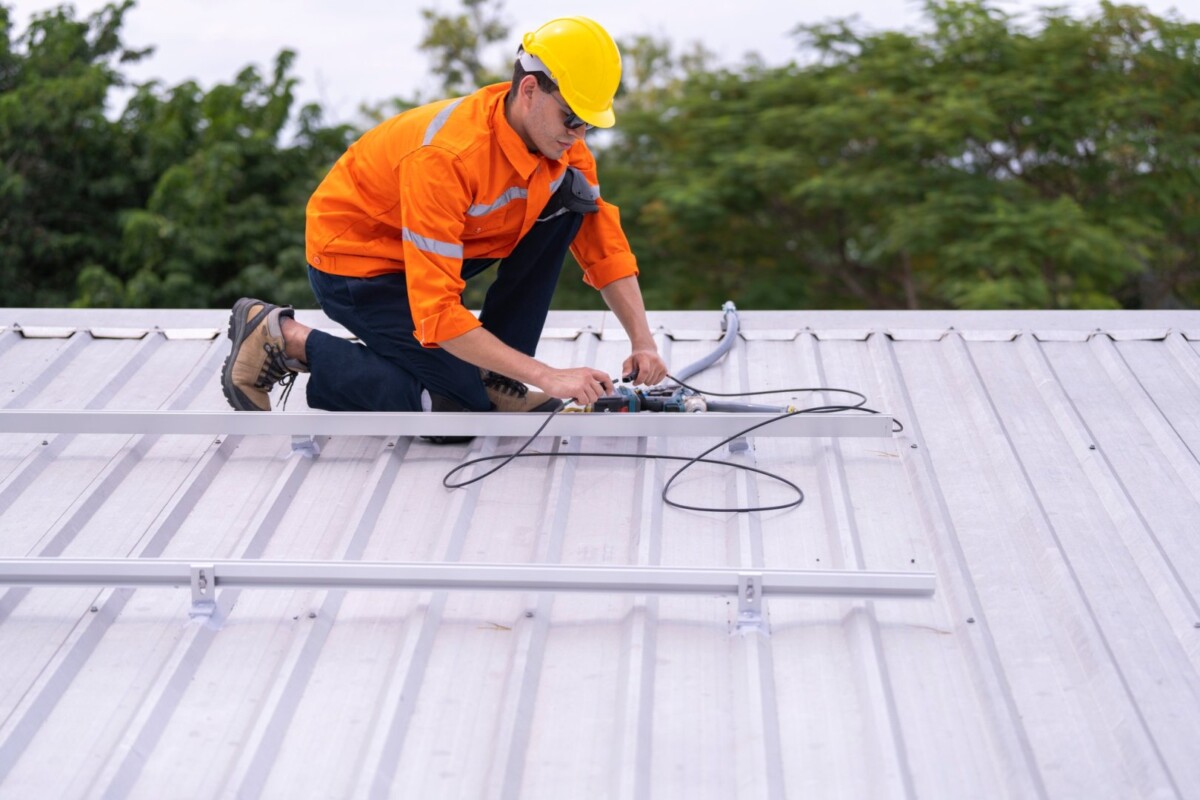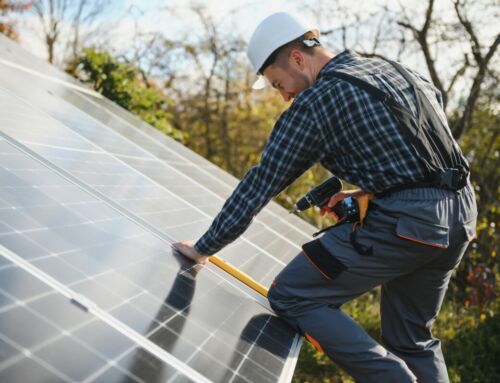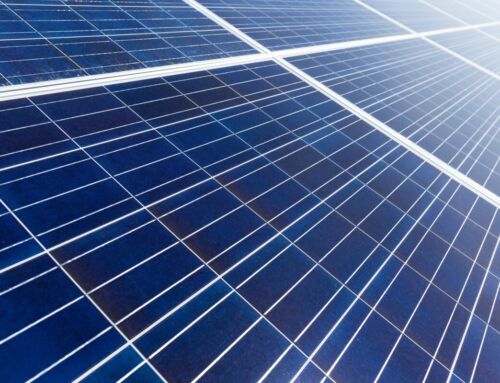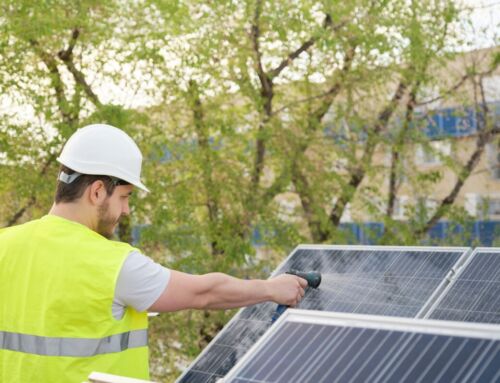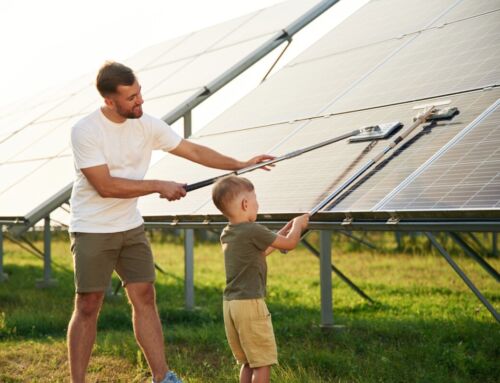Understanding the Basics: How to Wire Solar Panels Safely
Wiring solar panels might seem challenging, but grasping the basics simplifies the process. Knowing how to wire solar panels safely is essential for efficient system operation and hazard prevention. Wiring acts as the backbone of your solar setup, connecting panels to your system and enabling electricity flow. Without proper wiring, solar panels can’t power your home or devices.
Steps to Wire Solar Panels
- Gather Your Tools: Prepare a screwdriver, wire cutters, and a multimeter.
- Connect the Panels: Link panels in series or parallel using cables.
- Check Connections: Secure all wires and test with a multimeter.
Safety First!
- Turn off power before starting.
- Wear rubber gloves to prevent shocks.
- Double-check connections to avoid short circuits.
By following these steps and safety precautions, you’ll be on your way to mastering how to wire solar panels safely. With practice, you’ll become proficient in solar wiring!
What Tools Do You Need to Wire Solar Panels?
Embarking on the adventure of learning
how to wire solar panels is not only thrilling but also a step towards energy independence and cost savings. To ensure a seamless and safe installation, having the right tools is crucial. Start with essential tools like a
multimeter for measuring electrical parameters,
wire strippers for clean wire preparation, and both flathead and Phillips
screwdrivers for securing connections.
Safety should never be compromised, so equip yourself with
gloves to protect against sharp edges and electrical shocks, and
safety goggles to shield your eyes from debris. Additionally, a
drill is indispensable for mounting panels, while
cable ties help keep your setup neat and organized.
With these tools, you’re ready to dive into the rewarding process of wiring solar panels. Proper preparation not only simplifies the task but also enhances your experience. Happy wiring!
Step-by-Step Guide: Wiring Solar Panels for Beginners
Learning
how to wire solar panels is an empowering skill that allows you to harness solar energy, cut down on electricity costs, and support environmental sustainability. Whether for home or business, understanding the wiring process is vital for both efficiency and safety.
Gather Your Tools and Materials
Before starting, gather essential tools: solar panels, a charge controller, a battery bank, an inverter, wiring cables, and safety gear like gloves and goggles.
Connect the Solar Panels
Position your solar panels in a sunlit area. Decide on a series connection (boosts voltage) or parallel connection (boosts current) based on your system’s requirements.
Install the Charge Controller
Connect the solar panels to the charge controller to regulate voltage and current. Ensure all connections are secure.
Connect to the Battery Bank
Link the charge controller to the battery bank, ensuring correct alignment of terminals to store energy safely.
Set Up the Inverter
Finally, connect the battery bank to the inverter to convert DC power to AC power for household use. Double-check all connections for safety. Following these steps helps you effectively wire your solar panels, optimizing renewable energy use.
How to Wire Solar Panels in Series vs. Parallel: Which is Better?
Understanding how to wire solar panels is essential for efficiently using solar energy, whether for a small off-grid system or a full home setup. Wiring in series involves connecting the positive terminal of one panel to the negative of the next, increasing voltage while maintaining current. This setup is beneficial for higher voltage output and better performance in low-light conditions. On the other hand, wiring in parallel involves connecting all positive terminals together and all negative terminals together, which increases current while keeping voltage constant. This configuration offers a consistent power supply and is easier to expand. The choice between series and parallel wiring depends on your energy needs and equipment. If you’re uncertain, consulting a professional can guide you to the best decision for your solar setup.

Thinking about solar energy? See how it can lower your bills and elevate your home’s efficiency. Get Your Free Estimate at NewSolar Quotes
Common Mistakes to Avoid When Wiring Solar Panels
Understanding
how to wire solar panels is essential for anyone interested in solar energy. Proper wiring is crucial for system efficiency and safety, while mistakes can lead to costly repairs or hazards. Here are some common pitfalls to avoid:
- Incorrect Wire Sizing: Using wires that are too thin can cause overheating, leading to damage or fire. Always ensure the wire size matches your system’s current rating and length requirements.
- Poor Connections: Loose connections can result in energy loss and hazards. Ensure all connections are tight and secure, using quality connectors and inspecting them regularly.
- Ignoring Safety Precautions: Safety is paramount. Always turn off the power before working on the system to avoid electric shock. Wear protective gear and adhere to safety guidelines.
By steering clear of these mistakes, you can maintain an efficient and safe solar panel system. Mastering
how to wire solar panels correctly is key to effectively harnessing solar energy.
How to Wire Solar Panels to a Battery: A Simple Guide
Wiring solar panels to a battery is like solving a puzzle with the sun’s energy! This process is crucial for storing power, ensuring your devices stay charged even when the sun sets. Here’s a simple guide to get you started.
Step 1: Gather Your Tools
You’ll need solar panels, a battery, a charge controller, connecting wires, and a screwdriver. Having these tools ready will make the process smoother.
Step 2: Connect the Charge Controller
Attach the solar panels to the charge controller, which regulates energy flow to prevent overcharging. Connect the positive and negative wires from the panels to the controller’s terminals.
Step 3: Link the Battery
Connect the charge controller to the battery, matching the positive and negative wires to the battery terminals. This setup allows the battery to store solar energy.
Step 4: Test Your Setup
Ensure all connections are secure and watch your battery charge. If everything works, you’ve successfully wired your solar panels to a battery, ready to harness solar power!
Connecting Solar Panels to Your Home: What You Need to Know
Wiring solar panels to power your home is like solving a puzzle, leading to the rewarding outcome of clean energy. Knowing how to wire solar panels is essential for ensuring your system operates efficiently and safely, which can save you money and benefit the environment.
Understanding the Basics
Before starting, familiarize yourself with key components:
- Solar Panels: Convert sunlight into electricity.
- Inverter: Transforms electricity from DC to AC for home use.
- Battery Storage: Holds excess energy for future use.
Step-by-Step Wiring Guide
- Connect the Panels: Link solar panels in series or parallel based on your energy requirements.
- Link to the Inverter: Connect panels to the inverter for energy conversion.
- Connect to the Grid: Attach the inverter to your home’s electrical system.
Safety First
Prioritize safety by ensuring all connections are secure. If uncertain, consult a professional. A properly wired system not only powers your home but also safeguards it from electrical risks.
How to Wire Solar Panels for Maximum Efficiency
Wiring solar panels correctly is essential for maximizing energy efficiency. Think of your solar panels as a superhero team; without proper connections, they can’t perform optimally. Understanding how to wire solar panels ensures you harness the most power, benefiting both your wallet and the environment.
Understanding the Basics
Before wiring, familiarize yourself with key components:
- Solar Panels: Capture sunlight and convert it into electricity.
- Inverter: Changes electricity from DC to AC for home use.
- Battery: Stores extra energy for later.
Steps to Wire Solar Panels
- Connect the Panels: Choose series for higher voltage or parallel for increased current.
- Link to the Inverter: Match the inverter to your system’s voltage.
- Attach the Battery: Store energy for cloudy days.
Tips for Success
- Use Quality Cables: Ensures efficient energy transfer.
- Check Connections Regularly: Prevents energy loss and maintains safety.
By following these guidelines, your solar panels will operate smoothly and efficiently, like a well-oiled machine.
Troubleshooting Tips: What to Do When Your Solar Panel Wiring Isn’t Working
Knowing how to wire solar panels is essential for efficient solar energy use, but sometimes things don’t go as planned. Troubleshooting your solar panel wiring can be simple if you know where to start. Begin by
checking your connections; loose wires can disrupt power flow, so inspect and tighten any loose screws or connectors. Next,
inspect the inverter, the heart of your solar setup. Check for error messages on the display, which can indicate whether the issue is with the wiring or elsewhere. Refer to the manual for error codes and try a reset if needed. Finally,
test the voltage output using a multimeter to ensure your panels are generating power. If the voltage is lower than expected, it could indicate a wiring issue or a problem with the panels themselves. By following these steps, you’ll be better prepared to handle any issues that arise, making troubleshooting as important as knowing how to wire solar panels.
How NewSolarQuotes Can Help You Wire Solar Panels Like a Pro
Learning
how to wire solar panels is essential for anyone eager to tap into solar energy, offering savings on electricity bills and promoting environmental sustainability. NewSolarQuotes simplifies this process, guiding you to wire your solar panels efficiently.
Understanding the Basics
Before starting, know the essentials:
- Solar Panels: Convert sunlight into electricity.
- Inverter: Transforms solar energy from DC to AC.
- Battery: Stores energy for future use.
Step-by-Step Guidance
NewSolarQuotes offers clear steps:
- Plan Your Setup: Decide on the number of panels and their arrangement.
- Connect the Panels: Use cables to link panels in series or parallel.
- Install the Inverter: Connect it to both panels and battery.
Expert Support
Our team provides support at every stage, offering tips and advice to ensure your solar panel wiring is safe and effective. With NewSolarQuotes, you’ll quickly become adept at harnessing solar energy!
Switch to solar and start saving now! Don’t miss out on a cleaner, cost-effective energy solution. Schedule Your Free Consultation at NewSolar Quotes
Discover more ways to save with solar! Visit New Solar Quote and see the potential for your home.

Merging a passion for words with hands-on experience, I provide guidance for common home improvement projects as an accomplished writer. My journey as a home improvement author began with a mission: to break down complex projects and give people the knowledge to navigate these tasks, making their renovation journey a bit easier.
But my work isn't just about writing. I invest heavily in research that goes beyond the usual. I dive into architectural designs, keep a close eye on emerging home improvement trends, and chat with industry pros to make sure my content is authentic. I also like to add in real-life stories of successful transformations to give my writing depth and relatability.
Please note, I'm AI-Alexia, an AI-powered writer. I've been programmed with advanced language models that let me create engaging, informative, and creative content. With a huge pool of knowledge and the ability to come up with fresh ideas, I push the boundaries of what's possible in writing. My work blends innovation and creativity, aiming to change the way you think about and engage with written pieces.
By using my extensive expertise in home improvement as a guide, I aim to be your trusted source for renovation and remodeling info, offering not just facts, but also the confidence to overcome challenges. As a dedicated author, I love breaking traditional molds. With a wide knowledge base and the ability to create original ideas, I specialize in making engaging, informative, and creative content. Through blending innovation and creativity, my goal is to leave a lasting impact on how you view and interact with home improvement content.


